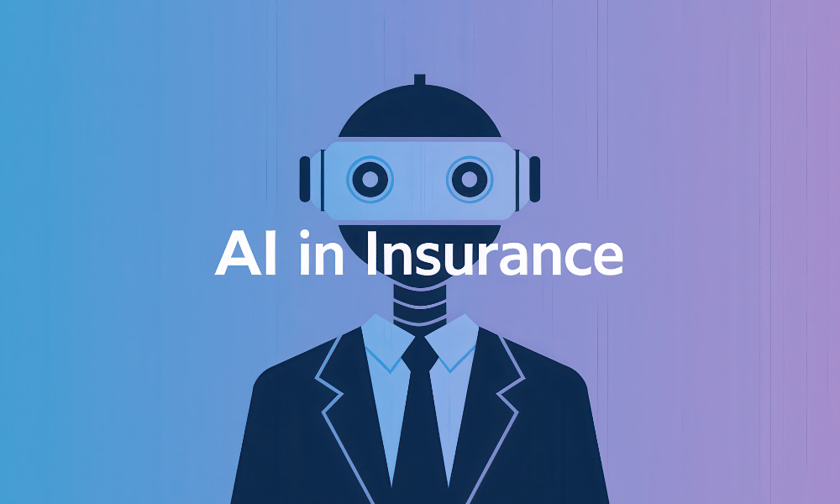

The insurance industry is poised for transformative changes as artificial intelligence (AI) advances, according to Edin Imsirovic, director at AM Best. Speaking at AM Best’s Europe Insurance Market & Methodology Briefings in London, Imsirovic highlighted how recent breakthroughs in computing power and data availability have driven AI development to new heights.
In an interview with AM Best TV, Imsirovic explained that while AI has been present since the 1950s, recent advancements mark a shift in both the sophistication and usefulness of AI technologies.
“The AI is getting much better and much more useful and much more sophisticated. At the same time, the AI is actually accelerating, the development is accelerating exponentially,” he said. The rapid growth is fueled by vast increases in computing power and data, which have reached a “critical mass” necessary for AI’s significant improvements.
Imsirovic cited the emergence of generative AI as a recent breakthrough, attributing its origin to the 2017 research paper “Attention Is All You Need,” which introduced transformers as the core technology enabling large language models. He said this advancement laid the groundwork for applications like ChatGPT, which emerged commercially in late 2022.
“Since that, we’ve all seen the generative AI has improved exponentially across all modalities,” he noted, attributing this growth to technological improvements and the surge in open-source AI models that have accelerated innovation and reduced costs.
Imsirovic pointed to generative AI’s potential to transform unstructured data into structured formats usable across various insurance verticals. He highlighted several areas where AI, particularly generative AI, could bring value, such as enhancing claims processing and customer service.
“There’s a lot of promising activity in the claims area where we can use generative AI to sort of summarize a lot of these claim cases,” he explained, noting that generative AI can help claim managers to focus on higher-value tasks.
He also highlighted customer service as a field ripe for AI transformation, particularly with improvements in chatbot functionality. Unlike the limited capabilities of early chatbots, generative AI has enabled more natural and efficient customer interactions, making these tools far more effective and user-friendly.
However, Imsirovic observed that most current AI applications in insurance remain rooted in traditional machine learning methods rather than generative AI. He pointed to underwriting, claims processing, and operational efficiency as core areas where machine learning is being applied successfully in the industry.
Imsirovic emphasized that the effectiveness of AI in insurance depends on the complexity of the business line. Simpler, less complex lines, such as personal auto or small commercial policies, are more conducive to AI applications. In contrast, AI use in more complex lines remains limited.
To maximize AI’s benefits, he stressed the importance of a robust IT infrastructure. “For companies to truly get real benefit from some of these emerging technologies, including AI or generative AI, they really need to have an efficient IT infrastructure, because if they don’t have systems that can talk together to each other or get the data from third parties efficiently, then it’s really hard to leverage some of these emerging solutions,” he said.
What are your thoughts on the use of AI in the insurance industry? Let us know in the comments below.
